This post was inspired by Aukje’s post about her experience with the 90mm Elmarit.
It’s 10 years since I bought my first Leica – the M8. As anyone who knows this camera will testify, it’s a strange beast, albeit one which still manages to deliver excellent results if used correctly. It was certainly a steep learning curve after coming to Leica from a Nikon.
I came to photography quite late in life – although I’d dabbled over the years I didn’t start any serious photography until I was 35. In a way I felt that this helped as I wasn’t comparing a digital experience to something I’d had before. I’d always been fascinated by the form and look of a Leica, so when it was released I bought the M8, together with the only lens I could afford at the time – a Summarit 50mm, which I still have to this day and which is an underrated performer, but we’ll save that for another day.
I managed to pick up a few more lenses at auctions and sales over the next couple of years and briefly owned the 90mm Elmarit Aukje spoke about, but I didn’t really love it, for reasons I’m unsure about as I write this. I do remember the strange rubber hood for it – something I never really liked. In the end I bought a Summarit 90mm, which has proved to be a great purchase.
Having sold the M8 for the M9 and then selling that for the first Leica Mono, which I continue to shoot with today, I neglected the 90mm lens in favour of perhaps more traditional focal lengths of 35mm and 50mm.
Most of my photography is taken when away from home and at some point in the last few years I consciously started to try and take pictures that I had not taken before, rather than coming back from trips with versions of the same photographs shot in different places. That is where the 90mm came into its own. Instead of capturing a whole scene I was immediately drawn to the detail, or to making light a key element of the photo. As a result, I took less photos of things and more photos about things, something which I continue to practice and work on.
The first Mono is a thing of beauty. With the CCD sensor it produces a beautiful tonal range which is different to any other digital camera out there. A 90mm lens on the Mono gives me a sense of being able to intrude whilst not letting others really know what I’m up to. As a result, the photos I now take are often candid, stolen moments or observational scenes, which suits me right now. As with all photographers, I’m just searching for inspiration and light and what suits today may not suit tomorrow. Whatever happens, I will make sure I hang on to my Mono and my 90mm lens.
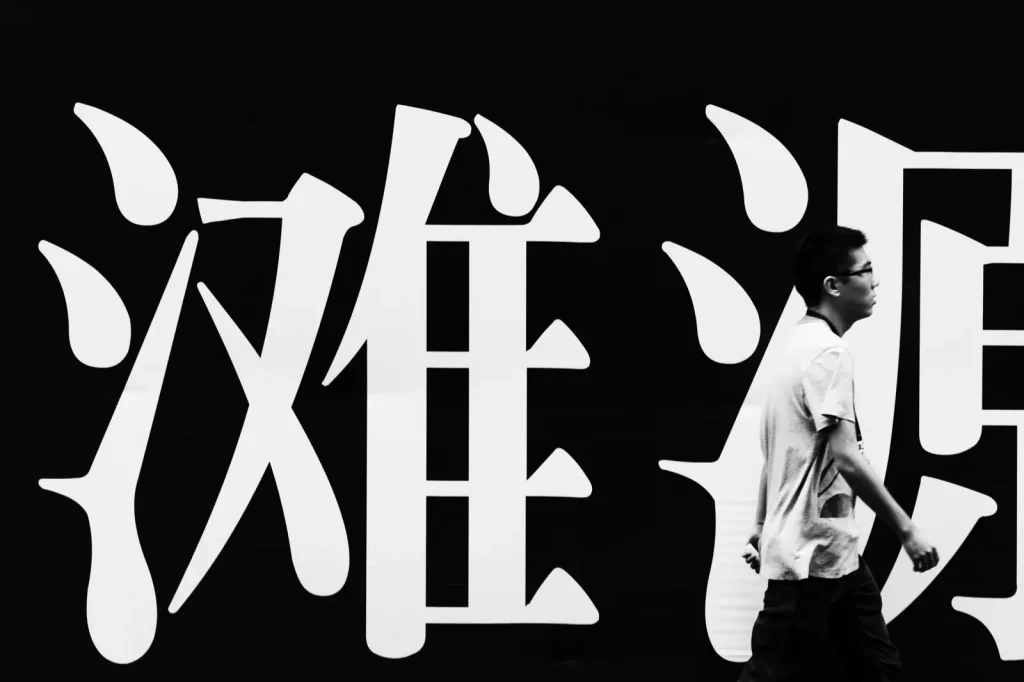
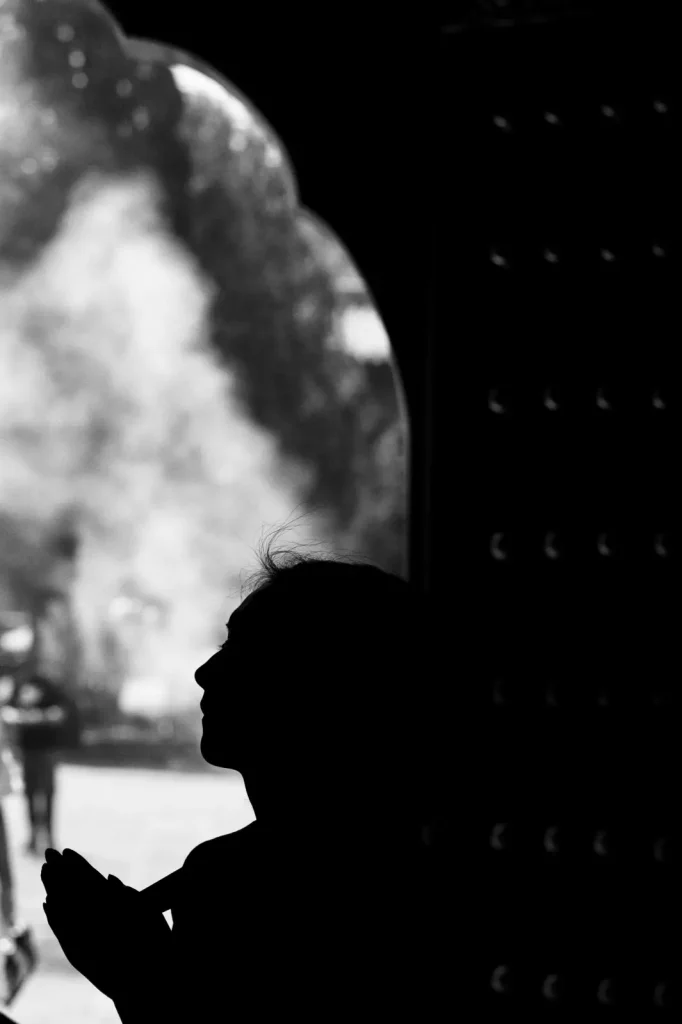
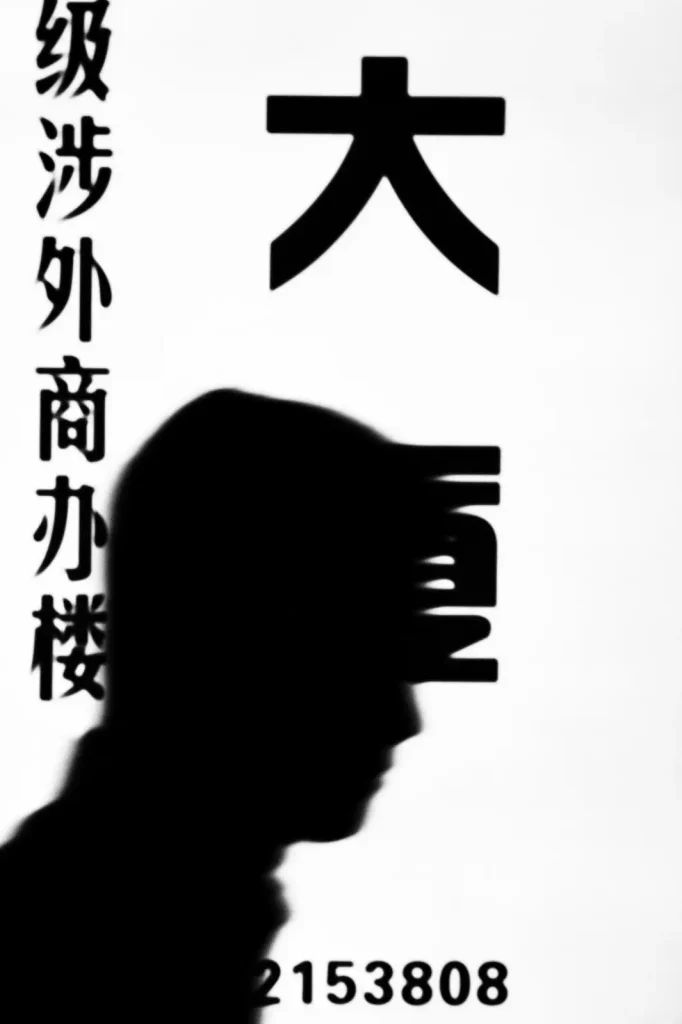
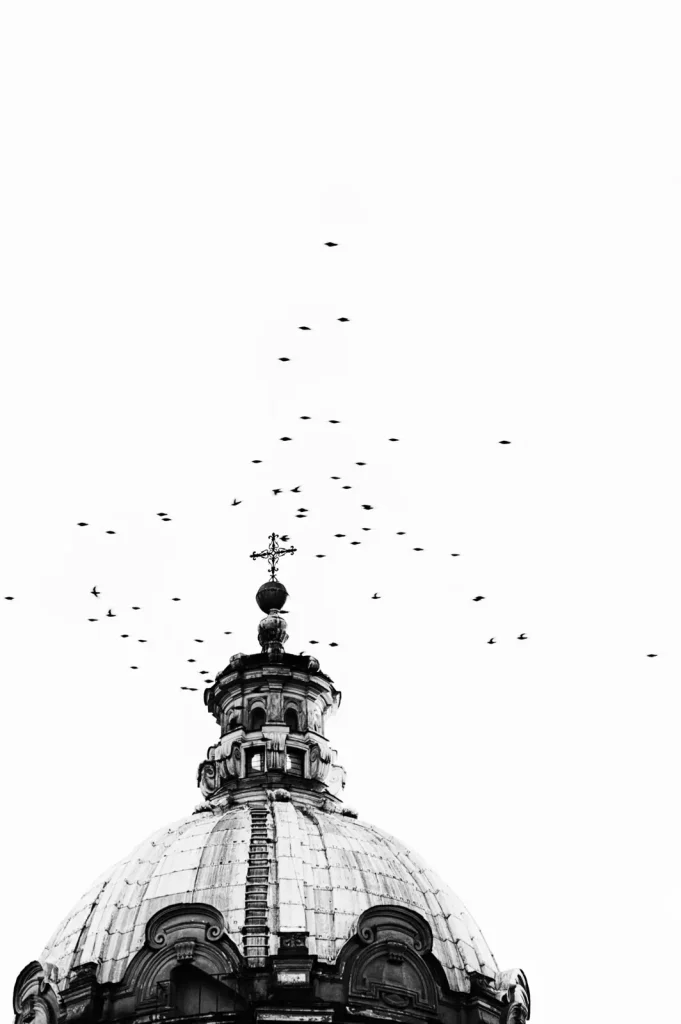
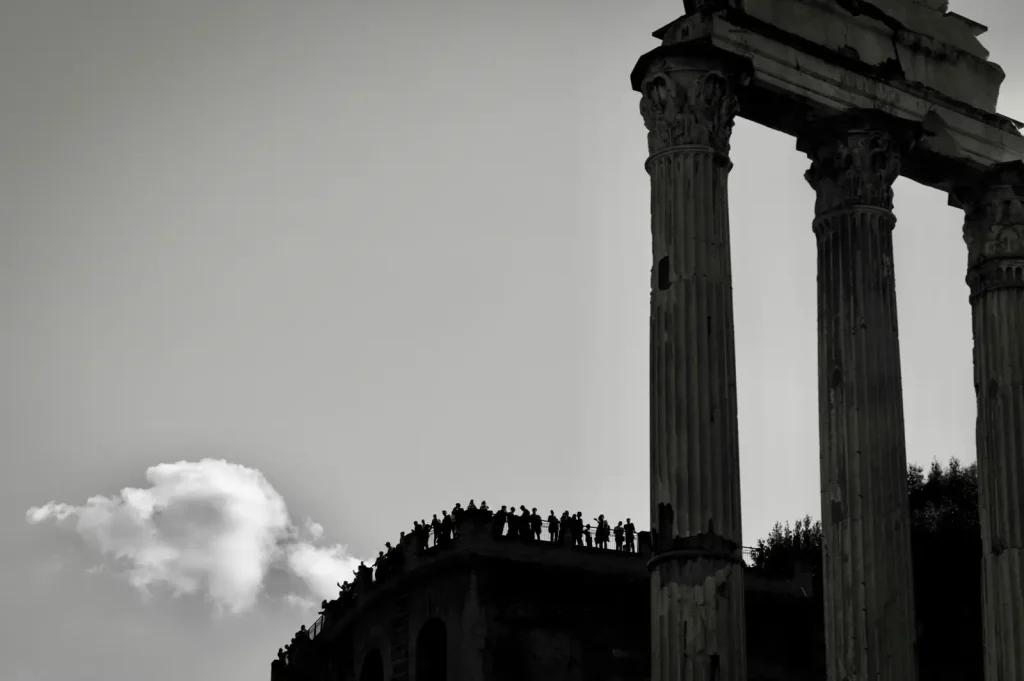
More images can be found on my web site – thank you for reading and to Hamish for publishing.
Share this post:
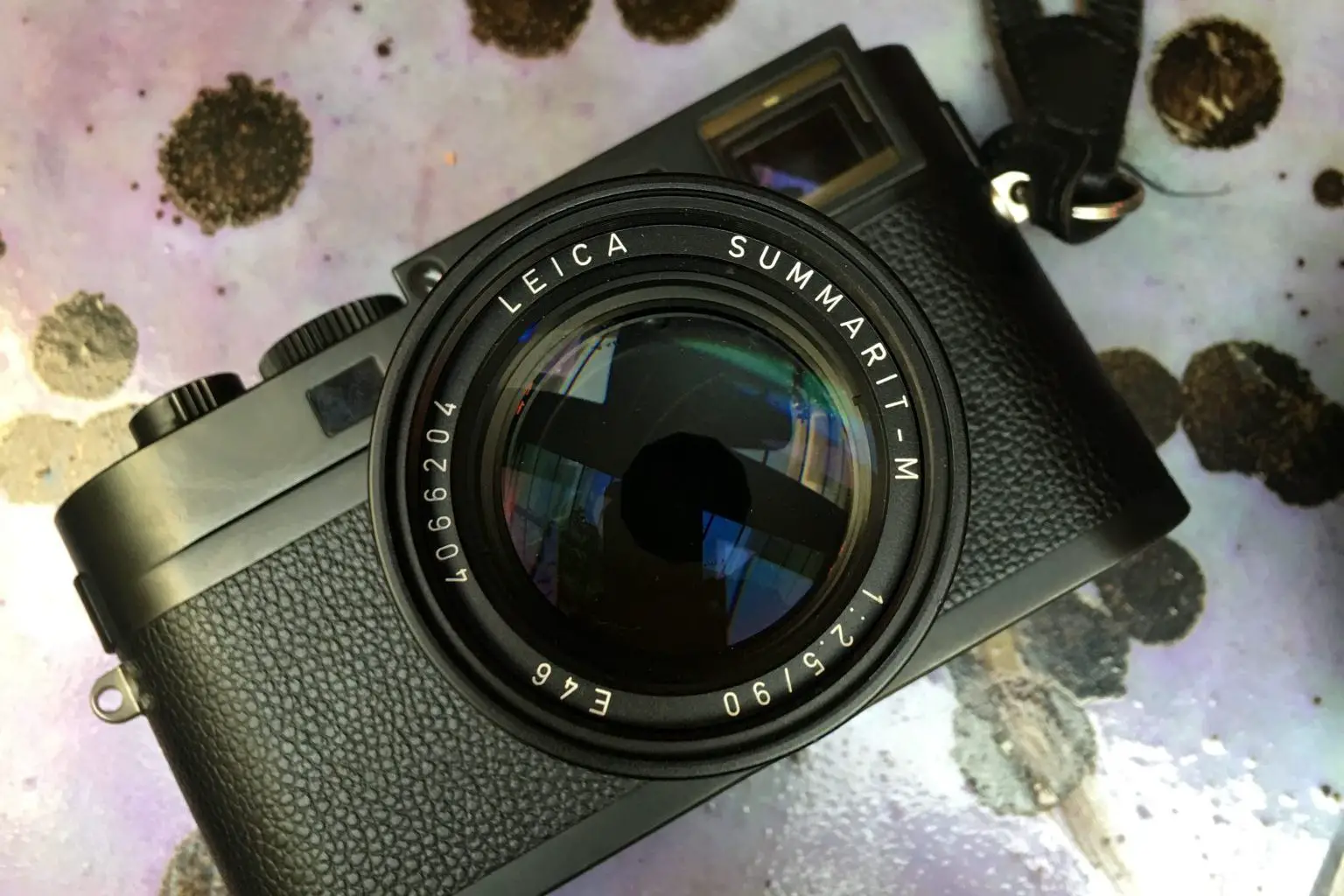








Comments
Philip Lewis Lambert on 5 Frames with a 90mm Summarit on a Leica M8 – By David Evans
Comment posted: 30/12/2018
90mm is about as long as I would use (I have a 1970s 90mm Elmar C f4) and my 135mm is almost mint as a result!
Are Monochrome images different to those on a full-colour Leica converted to monochrome?
Comment posted: 30/12/2018
eric on 5 Frames with a 90mm Summarit on a Leica M8 – By David Evans
Comment posted: 30/12/2018
StephenJ on 5 Frames with a 90mm Summarit on a Leica M8 – By David Evans
Comment posted: 30/12/2018
I know exactly, where that last one was taken, almost to the spot where you stood. My version is nothing like as interesting.
Do you prefer the mono over film?
Comment posted: 30/12/2018
Mike Hinkleman on 5 Frames with a 90mm Summarit on a Leica M8 – By David Evans
Comment posted: 30/12/2018
I also have the M9M, recently acquired but have not used too much. One thing that is bothersome is the time it takes to write. My only other digital being a Fuji XT10, the time waiting to write seems infinite. Have to be patient, i guess M9 is the same.
Last, you're using Silver Efex Pro 2?
Thx Mike
Comment posted: 30/12/2018
ansgar on 5 Frames with a 90mm Summarit on a Leica M8 – By David Evans
Comment posted: 16/04/2023